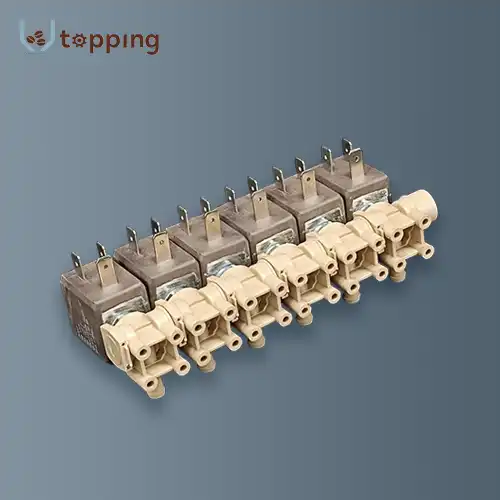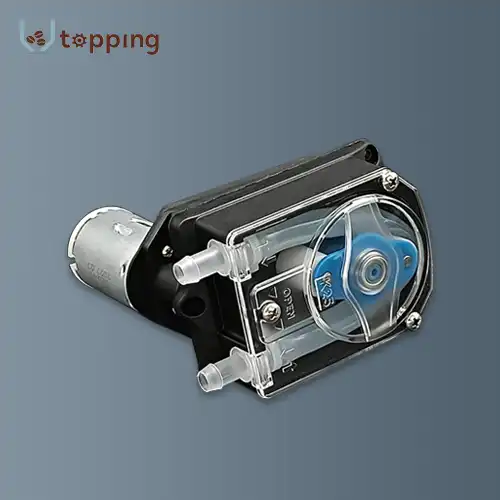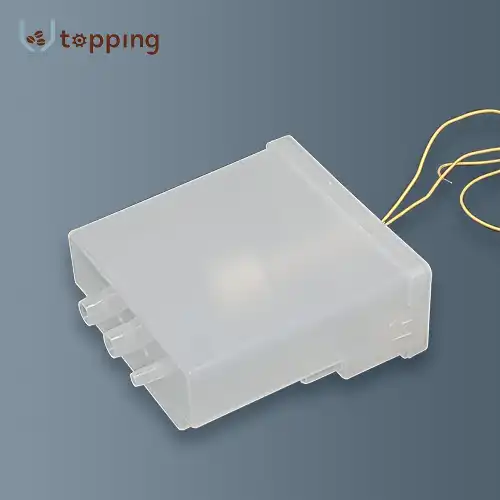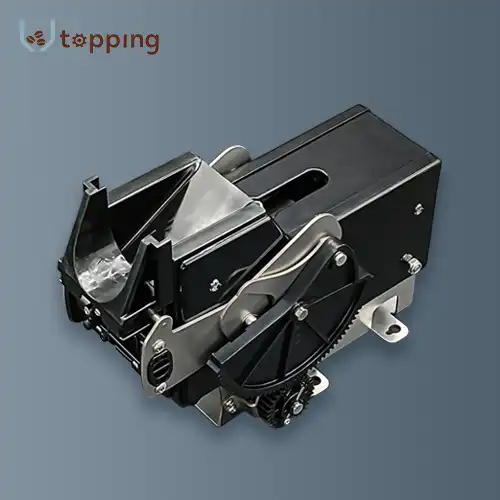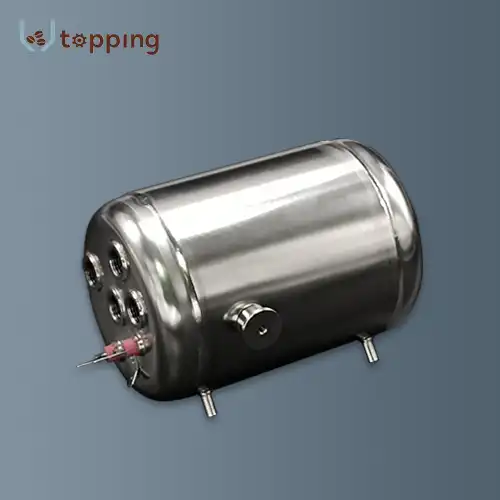What is an In-Line Water Filter?
2024-12-26 13:45:56
An in-line water filter is a small filter that removes impurities as water flows through it to improve water quality. These filters are typically connected to appliances like refrigerators or ice makers or installed directly into the water supply line, typically beneath a sink. The primary objective of an in-line water filter is to replace bulky countertop or pitcher filters with water that is cleaner and tastes better.
An in-line water filter works in a straightforward but effective way. The filter's various filtration media catch contaminants as water flows through it. Mechanical and chemical filtration are typically used in conjunction in the majority of in-line filters. Chemical filtration employs activated carbon or other materials to adsorb impurities, whereas mechanical filtration involves physically straining out particles. In order to target specific contaminants, some advanced models may also incorporate additional stages, such as ion exchange resins or ceramic filters.
Installation Process
Installing an in-line water filter is generally a straightforward process that can often be completed without professional help. Here's a basic overview of the installation steps:
1. Choose a suitable location: Select a spot along the water line where the filter can be easily accessed for maintenance.
2. Shut off the water supply: Locate the main water valve and turn it off to prevent water flow during installation.
3. Cut the water line: Using a pipe cutter, make a clean cut in the water line where you plan to install the filter.
4. Attach the filter: Connect the filter to the cut ends of the water line using compression fittings or quick-connect fittings, depending on your filter model.
5. Secure connections: Ensure all connections are tight and secure to prevent leaks.
6. Turn on the water: Slowly turn the water supply back on and check for leaks around the filter and connections.
7. Flush the system: Run water through the filter for several minutes to remove any air and activate the filtration media.
While these steps provide a general guide, it's crucial to follow the specific instructions provided by the manufacturer of your chosen in-line water filter.
Filtering Effect
In-line water filters are capable of removing a wide range of contaminants from water, significantly improving its quality and taste. The effectiveness of filtration depends on the type and quality of the filter used. Most standard in-line filters are designed to tackle common water issues:
- Sediment: Fine particles like sand, rust, and silt are trapped by mechanical filtration.
- Chlorine: Activated carbon effectively removes chlorine, improving water taste and odor.
- Chemical contaminants: Many organic compounds, pesticides, and herbicides can be reduced through chemical adsorption.
- Heavy metals: Some filters can reduce levels of lead, mercury, and other heavy metals.
- Microorganisms: Advanced filters may include stages that can reduce bacteria and parasites.
It's important to note that while in-line filters can significantly improve water quality, they may not remove all contaminants. For instance, most standard in-line filters are not designed to remove dissolved minerals or viruses. For comprehensive protection against all potential water contaminants, more advanced filtration systems might be necessary.
Health Benefits
Using an in-line water filter can provide several health benefits by reducing exposure to potentially harmful contaminants in drinking water. Here are some key health advantages:
1. Reduced risk of waterborne diseases: By filtering out bacteria and parasites, in-line filters can lower the risk of illnesses caused by these microorganisms.
2. Decreased exposure to harmful chemicals: Filtering out chlorine, pesticides, and other chemicals can reduce long-term health risks associated with these substances.
3. Lower intake of heavy metals: Reducing levels of lead, mercury, and other heavy metals can help prevent associated health issues, particularly in children and pregnant women.
4. Improved hydration: Better-tasting water often encourages increased water consumption, promoting better overall hydration and health.
5. Skin and hair health: Filtered water can be gentler on skin and hair, potentially reducing issues related to hard water or chemical sensitivities.
While in-line water filters offer these benefits, it's crucial to maintain and replace filters according to manufacturer recommendations to ensure continued effectiveness.
Convenience and Ease of Use
One of the main advantages of in-line water filters is their convenience and ease of use. Here are some key points that highlight these benefits:
1. Space-saving design: In-line filters are installed directly into the water line, usually under the sink or behind appliances, saving valuable counter or fridge space.
2. Continuous filtration: Once installed, these filters provide a constant supply of filtered water without the need for manual filling or waiting.
3. Low maintenance: Most in-line filters only require periodic cartridge replacements, typically every 6-12 months depending on usage and water quality.
4. No electricity required: These filters operate using water pressure alone, requiring no electrical power.
5. Versatility: In-line filters can be installed at various points in your home's water system, from the main water line to individual faucets or appliances.
6. Cost-effective: While there's an initial investment, in-line filters can be more economical in the long run compared to bottled water or pitcher filters.
7. Environmental friendliness: By reducing reliance on bottled water, in-line filters can help decrease plastic waste.
In-Line Water Filter Supplier
It is essential to select a reputable supplier that offers high-quality products when selecting an in-line water filter. One of these suppliers is Topping Motor, which sells an in-line water filter with multiple stages of filtration. Their filters are made to effectively get rid of a wide range of contaminants, which makes sure the water you drink is clean and safe to drink.
To treat water completely, Topping Motor's in-line water filter have multiple filtration stages. Activated carbon filtration, sediment filtration, and possibly additional stages for specific contaminant removal are examples of these. The multi-stage method permits more thorough water purification by simultaneously addressing various water quality issues.
Topping Motor invites you to contact them at sales@huan-tai.org to learn more about their products and how they can meet your water filtration needs if you are looking for an in-line water filter.
References
1. Environmental Protection Agency. Drinking Water Contaminants – Standards and Regulations.
2. World Health Organization. Drinking-water.
3. Centers for Disease Control and Prevention. Water Treatment.
4. National Sanitation Foundation. Water Filter Standards.
5. Water Quality Association. In-Line Water Filters.
Send Inquiry

